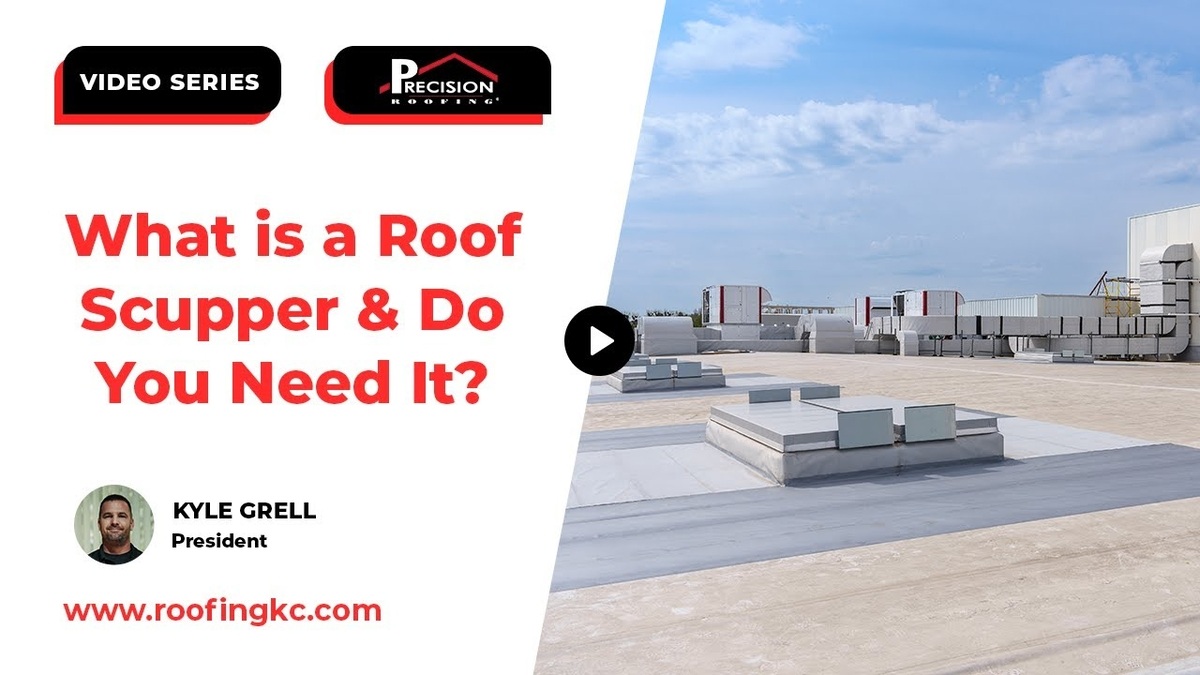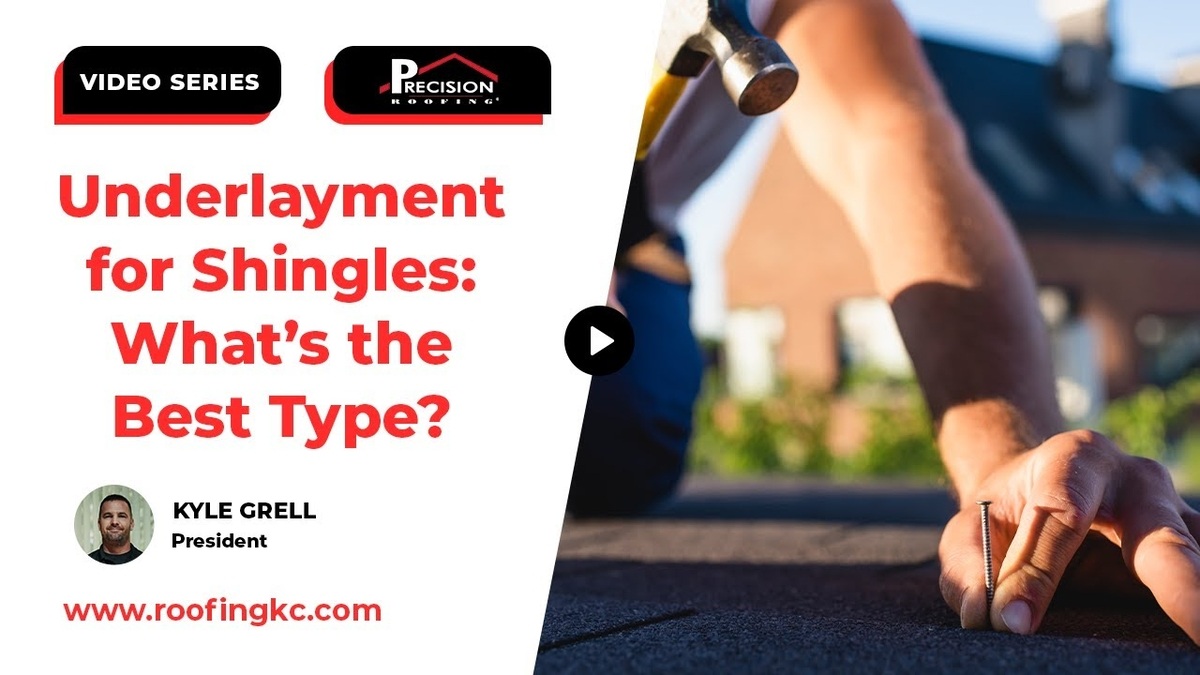When water starts to back up on a roof, it usually finds the weakest point, and roof valleys are often the first place it looks. That’s why we always install ice and water shields in roof valleys, even though local building codes in Kansas City don’t require it. We see it as a simple step that prevents future problems and extends the life of the entire roof system.
What Is Ice and Water Shield?
Ice and water shields are a self-adhering, waterproof membrane that sticks directly to the roof decking. Unlike synthetic underlayment, which can allow water to slip underneath if damaged or improperly installed, ice and water shields seal tightly to the surface. It creates a barrier that blocks water from working its way under shingles and into your home.
Why Roof Valleys Are Vulnerable
Roof valleys are where two slopes meet, creating a natural channel for water runoff. During heavy rain or rapid snowmelt, these areas carry a high volume of water. If water backs up or flows too quickly, it can push under the shingles and soak the roof deck. These spots are at higher risk for leaks, rot, and long-term damage.
The Role of Ice and Water Shields in Roof Valleys
Installing ice and water shields in roof valleys helps protect against the very problems valleys are prone to. The membrane seals around nails and adheres directly to the deck, blocking water even if shingles lift or tear in a storm.
Added Protection Against Ice Dams
Snow and ice are common issues during Kansas City winters. When snow melts during the day and refreezes at night, it can create ice dams. These dams cause water to pool behind them and seep under shingles. Ice and water shields in the valleys provide a last line of defense, keeping the moisture from reaching the wooden decking underneath.
Shields That Outperform Standard Underlayment
Standard synthetic underlayment works well on open field areas of a roof, but it isn’t designed for places where water might run uphill or back up. In contrast, ice and water shields are made for those specific conditions. That’s why we never skip it in valleys, even when the code allows it.
Why We Use Ice and Water Shields on Every Job
At Precision Roofing, we treat every project as if we’re working on our own home. Building codes might not require ice and water shields in roof valleys, but we still include them because we know how valuable that extra layer is.
We want our customers to have peace of mind. We’ve seen too many cases where roofers skip this step to save time or money, and the result is a callback after a storm or winter freeze. By adding ice and water shields during the initial install, we prevent those issues before they start.
Can Ice and Water Shields Be Added to an Existing Roof?
Technically, yes, but it’s not simple or ideal. To install ice and water shields on an existing roof, we’d need to remove the shingles, the underlayment, and expose the deck. Then we could apply the membrane and rebuild that section.
The problem? It creates a patchwork effect that may not match the rest of the roof, and it won’t always blend well with older materials. In these cases, it’s usually better to re-roof that section slope-to-slope for a cleaner and more reliable result.
Proper Installation Starts at the Deck
For ice and water shields to work properly, they need to be installed directly on a clean, prepped surface. That means we strip the roof down to the OSB or plywood decking, make sure it’s smooth and dry, and then apply the membrane. After that, shingles can go over the top.
Cutting corners or skipping prep can compromise the membrane’s bond, making it less effective. That’s why we follow a strict process every time.
Key Takeaways: Why This Step Matters
- Roof valleys handle heavy runoff and are common sources of leaks.
- Ice and water shields adhere to the deck and block water from getting under the shingles.
- It protects against ice dams and backflow, especially during Kansas City winters.
- We install it even if it’s not required by code, because it prevents costly repairs.
- Adding it to an existing roof is difficult, so it’s best done during full roof replacement.
Ready for a Roof That’s Built to Last?
If you’re planning a new roof or replacing an old one, we’d be glad to walk you through your options. We include ice and water shields in every valley because we believe in doing the job right the first time. Contact us at Precision Roofing today to schedule a consultation or learn more about our installation process.



